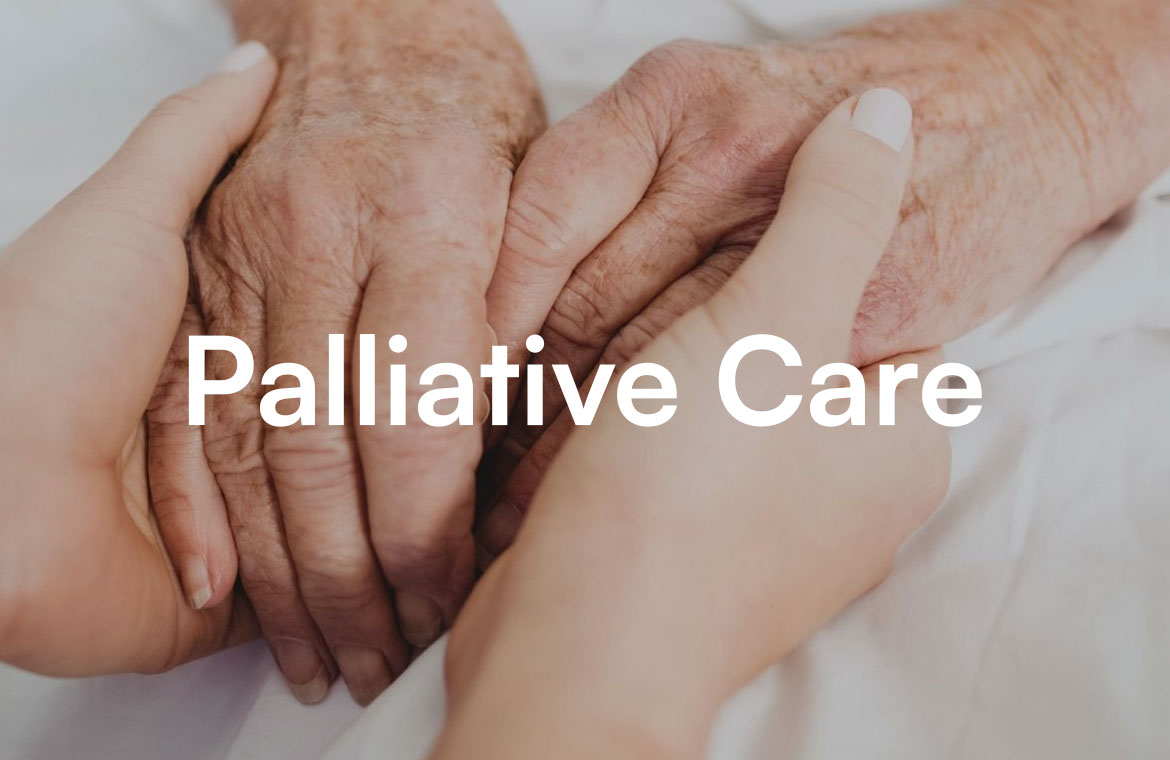Childbirth is one of the most powerful and transformative experiences in life, while hospitals today are the most common setting for delivery, births at home have been longstanding tradition in families and cultures. My first encounter with birth was not in a sterile hospital labour room with doctors and nurses equipped with modern day technologies, but in the warmth of family home, surrounded by women who carried the knowledge of generations before.
On a hot summer noon that day, a room filled with women, I witnessed not just the birth of baby but the resilience of a mother. As a child I had never really understood what it meant for a baby to come into the world .That changed the day I witnessed a home birth – where I saw strength, vulnerability and life itself intertwine .The moment that imprinted itself in my core memory forever.
In the centre of it all was the expecting mother ,lying onto some three four gunny bags on floor , gripping onto whatever she could , her screams breaking the hushed murmurs ,her face sweating over that hot day with only hands of mothers , grandmothers ,and aunts guiding the labouring woman through her most painful yet powerful moments. The air was thick with tension , whispers and encouragement but with a deep unspoken understanding amongst them was not just her child being born it was test of endurance, strength and resilience.
The preparations I witnessed warm water and cloth being fetched ,some massaging her back ,whispering words of encouragement there was no panic but determination with every scream of mother in labour – it was about community , support, and the deep wisdoms passed down through generations. Every deep breath and every push brought the baby closer to world – a deep silence and the room transformed into space of relief and joy, I had just witnessed the miracle of birth.
Even today , when I think back to that moment I remember the rawness, the intensity and the beauty of life beginning with some smiles and cries.
Today home births are both celebrated and debated while some view them as return to natural birth traditions others emphasise risks involved ,in many rural areas birth at home are still common, not by choice, but due to lack of access to healthcare , it remind us that it is not just a medical event but a communal one, where love ,wisdom and support play a crucial role.
I saw the grandmother clean the newborn, cut the umbilical cord and support labouring women. For many families, the home Dai is comforting and culturally evident they definitely bridge the gap by offering birthing support within community, they understand their traditions, dietary need, emotional support, they’re informally trained through generations of hands -on practice, providing assistance where medical facilities are scarce.
However ,while their contribution to society is invaluable, the lack of access to modern medical techniques , formal medical training and safety protocols presents significant challenges which can lead to life threatening complications such as excessive bleeding ,foetal distress, obstructed labour ,risk of infections in both mother and newborn. Finding a balance integrating them into healthcare system to ensure institutional deliveries, quick referrals, educating the importance of prenatal check-ups and emergency medical care.
Modern day medicine provides monitoring techniques, detect complications early, trained to handle complex deliveries, perform caesarean sections, pain management, providing essential postpartum care, vaccinations, new born screenings and guidance on breast feeding and infant care.
We can create a healthcare system that prioritises safety, accessibility, and cultural sensitivity, ensuring health and future wellness for mothers and newborns alike.




